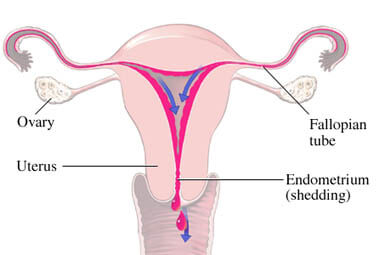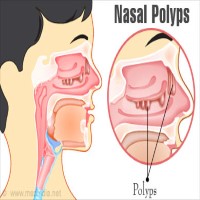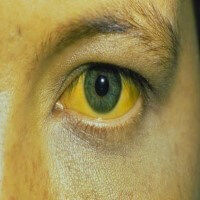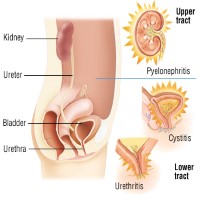Amenorrhea

Amenorrhea is simply defined as the absence of the menstrual period in a woman of reproductive age. It is generally classified into 2 types, Primary and Secondary amenorrhea. Primary Amenorrhea is the failure of menses to occur by the age of 16 years, even in the presence of normal growth and secondary sexual characteristics while secondary amenorrhea is the absence of menstrual bleeding in a woman who had been menstruating but later stops menstruating for three or more months in the absence of pregnancy, lactation, cycle suppression with systemic hormonal contraceptive pills, or menopause.
Ayurvedic Description Of Amenorrhea
In Ayurveda, Amenorrhea is known as Anartva, an ayurvedic term for the absence of menstrual period. ‘Anartva’ is caused due to accumulation of toxins and vitiation of Apana Vayu (a type of Vata that is responsible for the elimination of menstrual blood, stool, urine and reproductive fluids) in the Artavaha Strotas or the minute channels that carry the menstrual blood.
Signs & Symptoms
- Absence of menses after reaching puberty and of secondary sexual characteristics in teenage
- Absence of menses for 3-9 months even after the regular cycle of bleeding
Causes and Risk Factors
1. Medications
Use of certain oral or injected contraceptives such as birth control pills have found to increase the chances of amenorrhea. In many cases, certain types of medicines, such as antidepressants, chemotherapy medicines and antipsychotics drugs can also lead to amenorrhea.
2. Psychological factor
Too much of stress also impacts the release of females hormones and is one of the risk factors in increasing the chances of amenorrhea.
3. Body weight
Low body weight and sudden weight loss can disrupt menstrual cycles through several changes in hormonal mechanisms.
4. Physical workout
Women who do strenuous exercise like long-distance running are at risk of amenorrhea especially if body fat is low.
Self Care Tips
- Follow a disciplined life while spending time doing yoga, walking, jogging and swimming.
- Do pranayama such as Anuloom-Vilom, Sheetali, Sheetkari and Chandrabhedi pranayama and meditation to avoid any stress and anxiety that triggers amenorrhea.
- Keep a healthy body weight.
- Rubbing of the abdomen should be strictly avoided.
- Foods preferable in this condition are lentil, curd, onion, pulses, sprouted grams and green grams.
- Slitz bath in the morning and in the evening for 10-15 minutes is advocated.
- Take a steam bath or sunbath once in a weak
Amenorrhea can be treated by rectifying diet, certain lifestyle changes and with medications.







